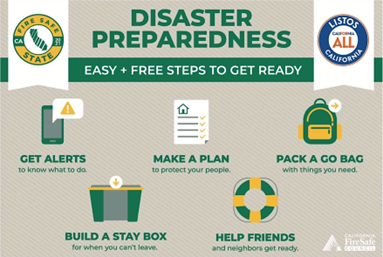Emergency preparedness is not merely a concept; it is a proactive approach aimed at reducing fear, anxiety, and losses in the face of disaster. It encompasses a range of actions, plans, and strategies geared towards effectively responding to and mitigating the impact of various emergencies or disasters.
Understanding the significance of emergency preparedness is paramount as it can significantly minimize the damage caused by a threat. Preparedness equips individuals to evacuate their homes safely, endure periods of confinement, make public shelter stays more comfortable, and tend to basic medical needs. Moreover, being prepared can save lives, including those of pets, and foster a sense of community resilience.
Despite recognizing the importance of preparedness, there are disparities in action. For instance, individuals aged 60 and older, while feeling equally prepared as their younger counterparts, are less likely to take preparedness actions. Socioeconomic disparities also hinder some individuals from undertaking crucial preparedness measures, particularly those associated with higher costs.
Implementing a comprehensive preparedness plan involves five key steps: prevention, protection, mitigation, response, and recovery. These steps guide individuals in preparing for any emergency or natural disaster. Key actions include signing up for alerts, developing a plan, assembling a go bag, creating a stay box, and assisting friends and neighbors.
In conclusion, emergency preparedness is not a passive endeavor; it’s an active commitment to safeguarding lives and communities. By understanding its importance, addressing disparities, and taking proactive steps, we can better prepare ourselves for whatever challenges lie ahead.


Recent Comments